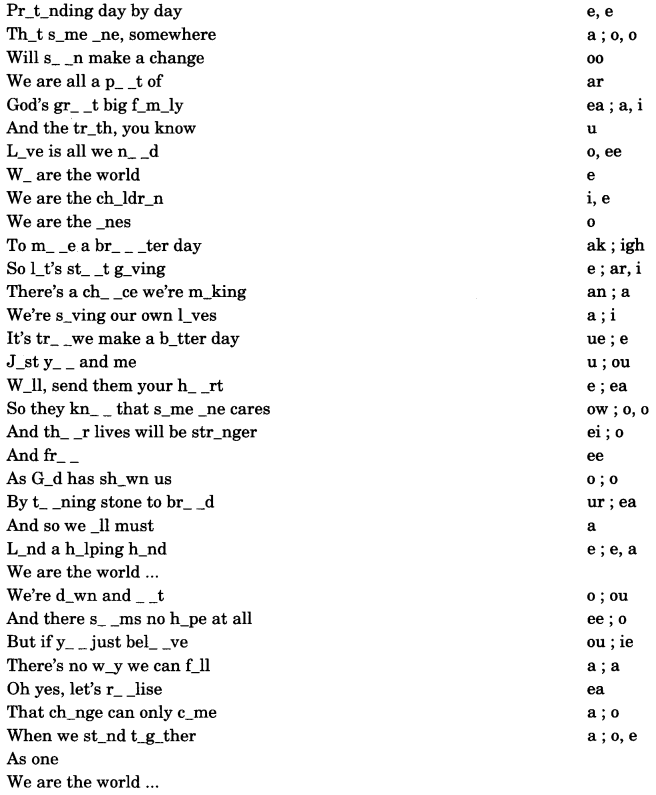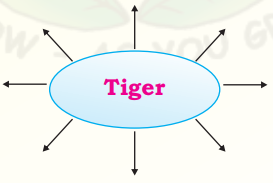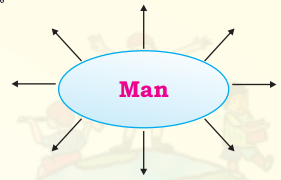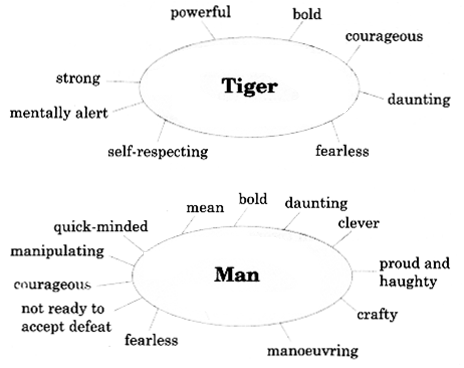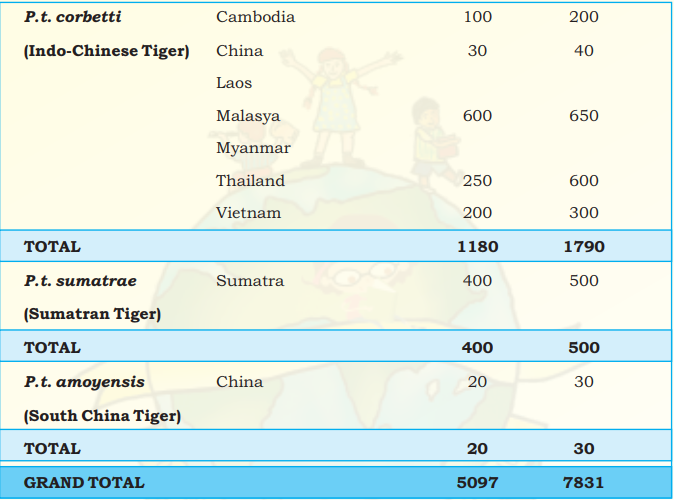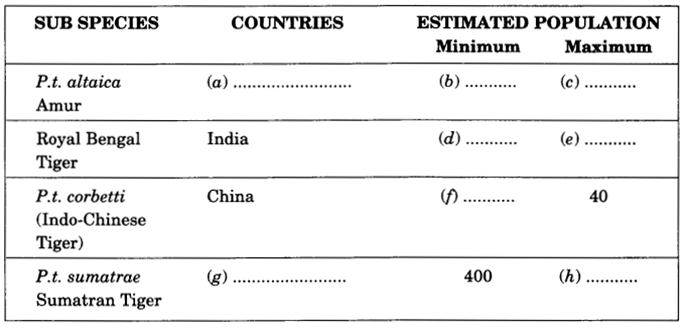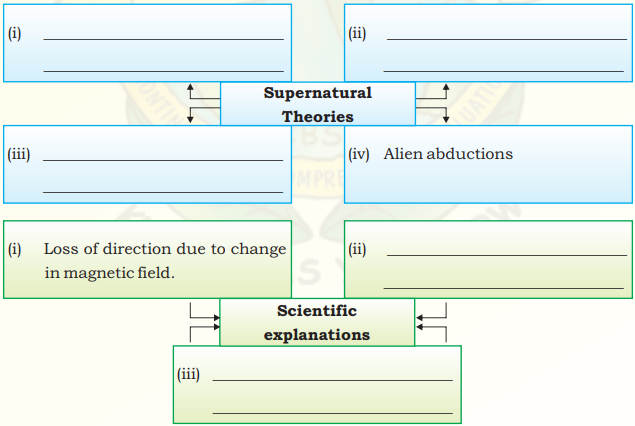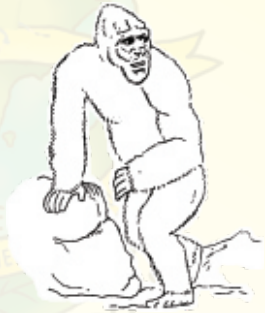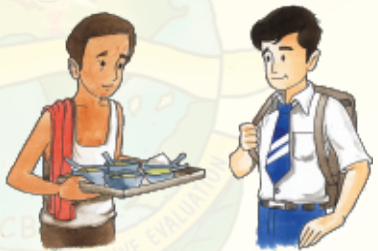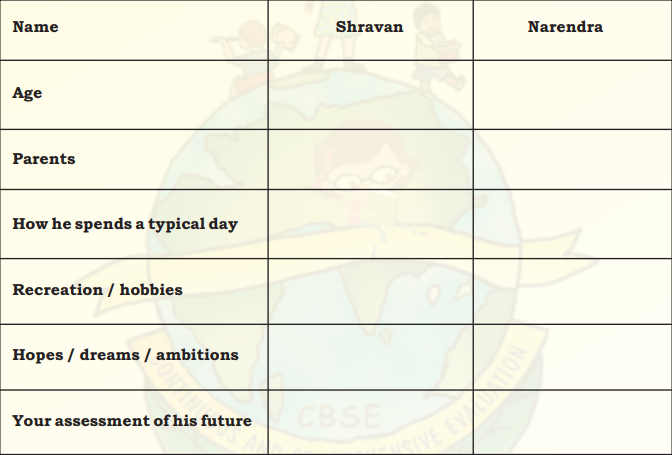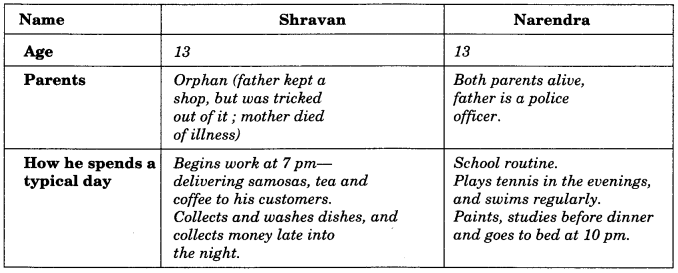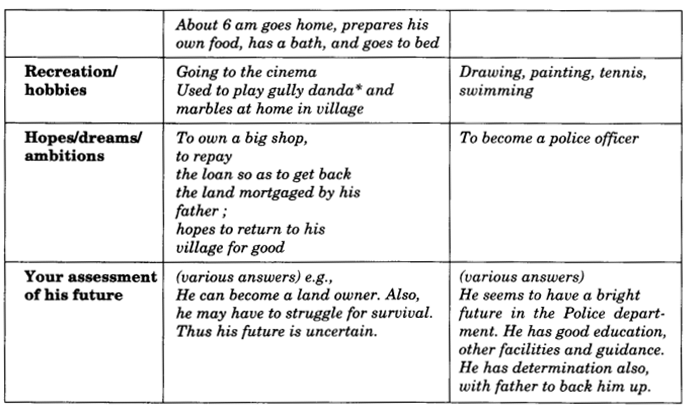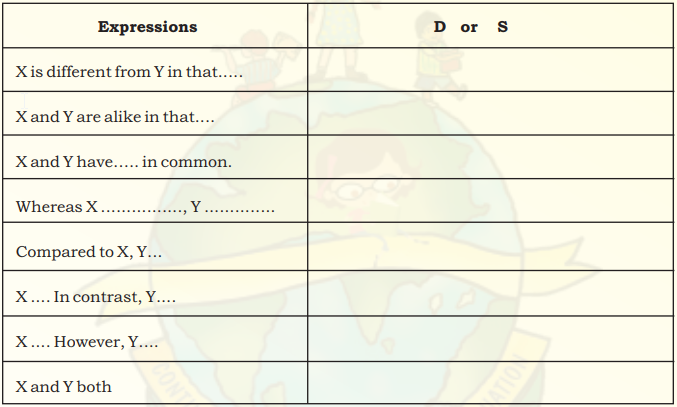NCERT Solutions for Class 9 English Beehive Poem Chapter 5 A Legend of the Northland are part of NCERT Solutions for Class 9 English. Here we have given NCERT Solutions for Class 9 English Beehive Poem Chapter 5 A Legend of the Northland.
| Board | CBSE |
| Textbook | NCERT |
| Class | Class 9 |
| Subject | English Beehive (poem) |
| Chapter | Chapter 5 |
| Chapter Name | A Legend of the Northland |
| Category | NCERT Solutions |
NCERT Solutions for Class 9 English Beehive Poem Chapter 5 A Legend of the Northland
I. COMPREHENSION QUESTIONS
Read the extracts given below and answer the questions that follow each :
1. Away, away in the Northland,
Where the hours of the day are few,
And the nights are so long in winter
That they cannot sleep them through; (Page 65)

Questions
(a) What is the scene of the story ? What kind of place is it ?
(b) Why are the hours of the day ‘few’ and the nights so long in the Northland ?
(c) Why can’t the people sleep through the long nights ?
(d) Explain : Away, away
Answers
(a) The scene of the legend is the Northland. It is a far off place in the north. In winter it is always snowing. Here days are short and nights are quite long.
(b) In the polar region, like the Northland, the nights are longer. The days are shorter. Therefore, they have ‘few’ hours of the day.
(c) In the Northland, the nights are very long. The people of Northland can’t sleep for such long hours during the wintry nights.
(d) Remote region in the north.
2. Where they harness the swift reindeer To the sledges, when it snows ;
And the children look like bear’s cubs
In their funny, furry clothes : (Page 65)

Questions
(a) Where do they harness the swift reindeer and why ?
(b) What is a sledge ? Where is it generally used ?
(c) How do the children of the Northland look like and why ?
(d) Explain the phrase : like bear’s cubs.
Answers
(a) The people of the Northland harness the swift reindeer to the sledges. In these areas, reindeer is used to pull the wheel-less carts. It also pulls the sledges on the snow.
(b) A sledge is a wheel-less cart. It is used in the polar region like the Northland. It is generally pulled by reindeers on the snow.
(c) The children of the Northland look like the bear’s cubs. They look so because they wear funny, furry dresses.
(d) in funny furry dresses children look like bear-cubs.
3. They tell them a curious story—
I don’t believe ’tis true ;
And yet you may learn a lesson
If I tell the tale to you. (Page 65)

Questions
(a) Why does the poet call it a ‘curious story’ ?
(b) Do you believe that the story is true ? Give one reason.
(c) What lesson does the tale give to you ?
(d) Find a word from the passage which mean the following: strange.
Answers
(a) The poet calls it a curious or a strange story. The poem is a legend of an old lady. She made St. Peter angry to curse her to be a bird. The story is a popular ballad. It may not be true. But the change of the lady to a bird is quite strange.
(b) The poem is a popular legend. No, it is not based on true facts. The line ‘I don’t believe ’tis true’ clears this point.
(c) The tale conveys an important lesson or message. Greed is a great vice. It kills human values in us. Greedy persons like the old lady are always punished in the end.
(d) curious.
4. Once, when the good Saint Peter
Lived in the world below,
And walked about it, preaching,
Just as he did, you know, (Page 65)

Questions
(a) Is St. Peter alive today ? Which lines answer the question ?
(b) Who was St. Peter and what did he use to do ?
(c) Explain or interpret in detail :
‘And walked about it, preaching’.
(d) Find a word from the passage which mean : sermonising.
Answers
(a) No, St. Peter is not alive today. He is in heaven. ‘Once, when the good St. Peter/ Lived in the world below’. The above mentioned lines clearly tell us that St. Peter is not ‘in the world below’ or alive today.
(b) St. Peter was an apostle of Christ. His mission was to preach the teachings of Christ among the people. For this purpose he travelled far and wide.
(c) St. Peter was a missionary. He walked about different places and preached the teachings of Christ.
(d) preaching.
5. He came to the door of a cottage,
In travelling round the earth,
Where a little woman was making cakes,
And baking them on the hearth ; (Page 65)

Questions
(a) Why did St. Peter travel round the earth ?
(b) Where did he come at the end of the day ?
(c) What did St. Peter see when he came to the door of a cottage ?
(d) Find a word from the passage which means ‘oven’.
Answers
(a) St. Peter was an apostle of Christ. His mission was to preach the teachings of Christ to the people. For this mission he had to ‘travel round the earth’.
(b) At the end of the day he came to the door of a cottage.
(c) He saw a little woman baking cakes.
(d) It is ‘hearth’.
6. And being faint with fasting,
For the day was almost done,
He asked her, from her store of cakes,
To give him a single one. (Page 65)

Questions
(a) What part of the day was it when St. Peter reached the door of the cottage ?
(b) Describe St. Peter’s condition when he arrived at the cottage.
(c) What did St. Peter ask for and why ?
(d) Explain the phrase : the day was almost done.
Answers
(a) It was almost the time for the sun-set. The day had almost ended.
(b) St. Peter was fasting. Travelling and fasting had made him weak, tired and hungry,
(c) St. Peter asked for a single cake from her store of cakes because he was hungry.
(d) the day was about to end.
7. So she made a very little cake,
But as it baking lay,
She looked at it, and thought it seemed
Too large to give away. (Page 66) (Imp.)

Questions
(a) Why did she make a very ‘little’ cake ? Why not a big one ?
(b) How did the ‘little’ cake appear to her ?
(c) Why didn’t the old lady give that ‘little’ cake to St. Peter ?
(d) Find a word from the passage which means : ‘appeared’.
Answers
(a) The little woman was very greedy. She didn’t make a big cake. Knowingly, to save some dough, she made a ‘small’ and not a “bigger’ cake.
(b) Even that small cake seemed very big to her. She didn’t want to give it away.
(c) The little lady was a greedy creature. Knowingly, she made a “very little’ cake for St. Peter. But even it appeared too big to her. She didn’t want to give it away.
(d) seemed’.
8. Therefore she kneaded another,
And still a smaller one ;
But it looked, when she turned it over,
As large as the first had done. (Page 66) (V. Imp.)

Questions
(a) Why did she knead another ?
(b) What was the size of the second cake ?
(c) Why didn’t she give the second cake to St. Peter ?
(d) Explain the following: kneaded another.
Answers
(a) The little old lady was very greedy. She couldn’t afford to give a big cake to St. Peter. She wanted to save some more flour. So she kneaded the flour again and again to make a smaller cake.
(b) The second cake was smaller in size than the first one.
(c) Even the second cake appeared to be too big to be given away. So she didn’t give it to St. Peter.
(d) The old lady kneaded the flour to make another cake.
9. Then she took a tiny scrap of dough,
And rolled and rolled it flat;
And baked it thin as a wafer —
But she couldn’t part with that. (Page 66) (M. Imp.)

Questions
(a) Why did the old lady take a tiny scrap of dough ?
(b) Why was the dough rolled flat ?
(c) Why did she bake the cake thin as a wafer ?
(d) Explain the following: thin as a wafer.
Answers
(a) The greedy lady wanted to make still a smaller cake for St. Peter. She wanted to save some flour.
(b) The dough was rolled flat to make a specially thin and small cake.
(c) She did so as she wanted to save some dough.
(d) made the cake thin like a wafer to save more dough.
10. For she said, “My cakes that seem too small
When I eat of them myself
Are yet too large to give away.”
So she put them on the shelf. (Page 66) (Imp.)

Questions
(a) Why did her cakes look too small when she ate them herself ?
(b) Why did they look too large to give them away ?
(c) Why did she put them on the shelf ?
(d) Find a word from the passage which means: ‘flat space made in the wall or cupboard’.
Answers
(a) The old lady was very greedy. Her greed made her think so. The cakes she ate looked too small to her.
(b) The cakes appeared too large to be given away. It reflects the greed of the lady. She couldn’t part with anything. She couldn’t sacrifice even a wafer-like cake for anyone.
(c) At last, she decided not to give away any cake to St. Peter. So she placed all her cakes on the shelf.
(d) ‘shelf’
11. Then good Saint Peter grew angry,
For he was hungry and faint;
And surely such a woman
Was enough to provoke a saint. (Page 66) (CBSE)

Questions
(a) Why did a good saint like St. Peter grow angry ?
(b) Was such a woman enough to provoke a saint ? How ?
(c) What do these lines show about : (i) the old lady (ii) St. Peter
(d) Find a word from the passage which means : ‘incite’.
Answers
(a) Even a ‘good’ saint like St. Peter lost his temper. He had become weak with travelling and fasting. He just asked for a single cake. The lady did not oblige him. It made St. Peter angry.
(b) The old lady lacked honesty and decency. She didn’t want to oblige even a saint. She couldn’t part even with a wafer-like cake. Surely her greed and her insulting behaviour provoked a noble saint like St. Peter.
(c) (i) her greedy nature, (ii) his human nature—he could also be provoked like other men.
(d) It is ‘provoke’.
12. And he said, “You are far too selfish
To dwell in a human form,
To have both food and shelter,
And fire to keep you warm. (Page 66) (M. Imp.)

Questions
(a) Why was St. Peter provoked ?
(b) What did he say to the ‘greedy woman’ ?
(c) Do you agree with the words of St. Peter ? If yes, why ?
(d) Explain : ‘dwell in human form’,
Answers
(a) St. Peter was provoked by the insulting behaviour and greed of the old lady.
(b) He told the lady that she was too selfish. She didn’t deserve to he a woman and a human being. She did not deserve food, shelter and other comforts of human life.
(c) Yes, I agree with the words of St. Peter. The old woman was a disgrace to womanhood.
(d) She didn’t deserve to be a human being. She was a disgrace to womanhood.
13. Now, you shall build as the birds do,
And shall get your scanty food
By boring, and boring, and boring,
All day in the hard, dry wood.” (Page 66) (V. Imp.)

Questions
(a) How does St. Peter curse the old woman ?
(b) What will the old lady build for her living ?
(c) What will the old lady have to do to get her scanty food ?
(d) Find a word from the passage which means : ‘making holes in hard wood’.
Answers
(a) St. Peter curses the woman to be a bird. She will have to build a nest as the birds do. She will get her scanty food by boring hard wood all the day.
(b) The old lady has been changed to a woodpecker. So she will have to build a nest for her dwelling like a woodpecker.
(c) The old lady will get scanty food even after boring the hard wood all day.
(d) ‘boring’.
14. Then up she went through the chimney,
Never speaking a word,
And opt of the top flew a woodpecker,
For she was changed to a bird. (Page 66)

Questions
(a) What was the effect of St. Peter’s curse on the little lady ?
(b) What did the old lady do after she had been changed to a bird ?
(c) What particular bird was she changed to ?
(d) Find a word from the passage which means: ‘space in the roof for the smoke to come out’.
Answers
(a) St. Peter’s curse had its immediate effect. She was changed to a bird.
(b) She went up through the chimney. She never uttered a word and flew away.
(c) She was changed to a woodpecker.
(d) It is ‘chimney’.
15. She had a scarlet cap on her head,
And that was left the same ;
But all the rest of her clothes were burned
Black as a coal in the flame. (Page 67)

Questions
(a) Which’part of her dress was left the same even when the old lady was changed to a woodpecker ?
(b) What happened to the clothes the old lady was wearing ?
(c) What light do these lines throw on St. Peter ?
(d) Find a word from the passage which means : Visible part of a fire’.
Answers
(a) The old lady’s scarlet cap was left untouched. She was changed to a woodpecker. But the colour of her cap (head) remained the same.
(b) All her clothes were burnt in the fire. They were changed to black. It means the wood-pecker’s body became black in colour.
(c) St. Peter was a noble saint. Generally, saints are not easily provoked. But St. Peter also suffered from this little human weakness. He became angry when the greedy lady didn’t oblige him by giving a cake.
(d) It is ‘flame’.
16. And every country schoolboy
Has seen her in the wood,
Where she fives in the trees till this very day,
Boring and boring for food. (Page 67) (Imp)

Questions
(a) The poem is a legend of an old and greedy lady. How ?
(b) How has her story become a part of the folklore of the Northland ?
(c) What does every country schoolboy see in the wood even today ?
(d) Give the rhyme scheme in this stanza.
Answers
(a) The poem is a legend of an old and greedy lady. She was cursed by St. Peter. It is an old story. The people of the Northland have been narrating it down the ages, since St. Peter’s times.
(b) The story of the greedy old woman has become a part of the folklore of the Northland. Every country school boy knows it. The story has been passed on orally from St. Peter’s times to the coming generations.
(c) Every country schoolboy claims that he has seen the old lady. She lives in the trees of the forest till this very day.
(d) It is ab ab.
II. TEXTUAL QUESTIONS
(Page 67)
Thinking About the Poem
I. 1. Which Country or countries do you think “the Northland” refers to ?
2. What did Saint Peter ask the old lady for ? What was the lady’s reaction ?
3. How did he punish her ?
4. How does the woodpecker get her food ?
5. Do you think that the old lady would have been so ungenerous if she had known who Saint Peter really was ? What would she have done then ?
6. 7s this a true story ? Which part of this poem do you feel is the most important ?
7. What is a legend ? Why is this poem called a legend ?
8. Write the story of‘A Legend of the Northland’ in about ten sentences.
Answers
1. It is a country in the extreme north. Days are short and nights are very long there.
2. St. Peter asked the old lady for a single cake. She made a very little cake. But it looked bigger. So she reduced its size again.
3. He punished her by changing her into a woodpecker.
4. The woodpecker goes on boring into the dry hard wood. Only then it gets little food.
5. It is very difficult to say with certainty. Perhaps she would have given him very very thin cake if she had known St. Peter.
6. The story is not true. It is a legend. Even the poet says, ‘I don’t believe ’tis true’. Stanza three is the most important. It describes what it is.
7. A legend is an old story handed down from the past. It is generally of doubtful nature. The title of the poem is a ‘legend’. It is an old story of the Northland. The poet himself says, “I don’t believe ’tis true’.
8. Story of ‘A Legend of the Northland’.
The poem is a legend of an old woman. She had angered St. Peter because of her greed. In the Northland lived an old lady. Once St. Peter came to the door of her cottage. He had become weak with fasting and travelling. The old lady was baking cakes on the hearth. St. Peter asked her for a single cake. The greedy lady made a very little cake. But even that looked too big to be given away. She went on reducing the size of the cake. At last, she baked a thin cake. It looked like a wafer. But still she thought it too big to be given away. She gave nothing to St. Peter. She put all the cakes on the shelf. St. Peter was provoked. He found her too selfish to be a woman. She didn’t deserve food, shelter and fire to keep her warm. So out of anger he changed her to a woodpecker. She went up through the chimney and flew away. She was often seen in the wood living in the trees. She continued boring into hard wood for her little food. It was the result of St. Peter’s curse.
II. 1. Let’s look at words at the end of the second and fourth lines, viz., ‘snows’ and ‘clothes’, ‘true’ and ‘you’, ‘below’ and ‘know’. We find that ‘snows’ rhymes with ‘clothes’, ‘true’ rhymes with ‘you’ and ‘below’ rhymes with ‘know’.
Find more such rhyming words.
2. Go to the local library or talk to older persons in your locality and find legends in your own language. Tell the class these legends.
Answers
1. Rhyming words are : (i) ‘earth’ and “hearth’; ‘done’ and ‘one’; ‘lay’ and ‘away’; ‘flat’ and ‘that’; ‘faint’ and ‘saint’; ‘food’ and “wood’; ‘same’ and ‘flame’.
2. Students may read many books about such legends. If they talk to the older persons they shay know more about these legends.
Our culture is full of such legends. Their grandmothers or grandfathers may tell them of the legends. There are the legends of Lord Shiva, Lord Krishna, Meerabai. In fact, our literature is full of these. Students may enjoy reading them in various books.
We hope the NCERT Solutions for Class 9 English Beehive Poem Chapter 5 A Legend of the Northland help you. If you have any query regarding NCERT Solutions for Class 9 English Beehive Poem Chapter 5 A Legend of the Northland, drop a comment below and we will get back to you at the earliest.

